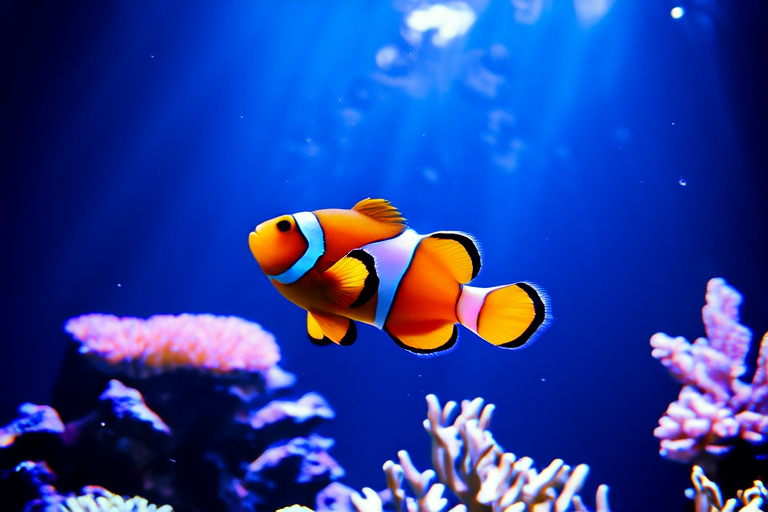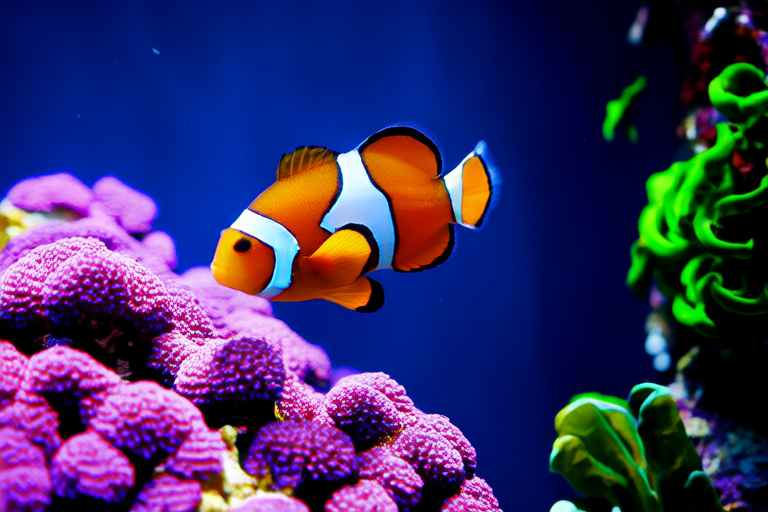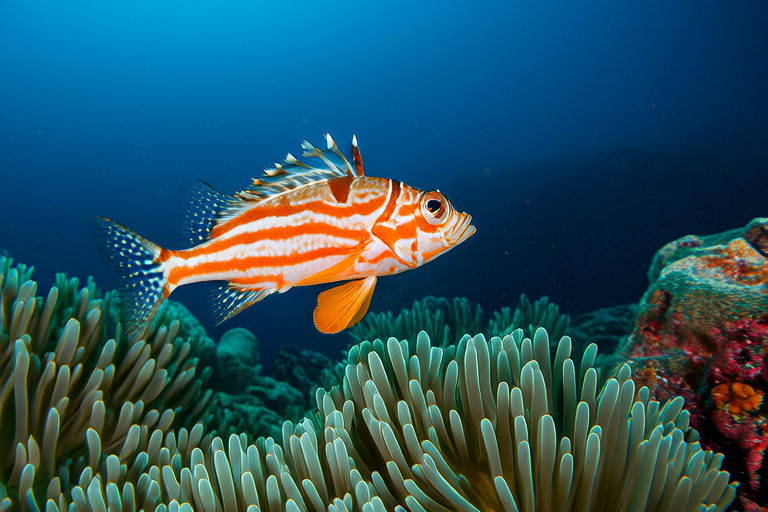
How Clownfish Became Internet Sensations and Why They Deserve All the Love
Clownfish have become internet sensations, captivating audiences worldwide with their vibrant colors and endearing personalities. This rise to fame can be traced back to their prominent roles in major films, particularly Disney’s Finding Nemo, which brought these fascinating creatures into the spotlight. In this article, we will explore the origins of clownfish popularity, delve into their unique characteristics, discuss their behavior, habitat, and conservation status, and conclude by emphasizing why these fish deserve all the love.
The Origins of Clownfish Popularity
The surge in clownfish popularity began when they were featured in the animated film Disney’s Finding Nemo. Released in 2003, the movie followed the journey of a young clownfish named Marlin, who embarks on a quest to find his son Nemo after he is captured and taken to a dentist’s office aquarium. The film was a massive success, grossing over $940 million worldwide and winning two Academy Awards for Best Animated Feature and Best Original Screenplay. It also introduced millions of people to the enchanting world of clownfish.
Since then, clownfish have been featured in numerous documentaries, television shows, and social media posts, cementing their status as internet darlings. Their popularity has grown exponentially, thanks to their striking appearance and the relatable storylines that often revolve around them. However, it’s not just their starring roles in films that make clownfish so appealing; their unique characteristics and behaviors play a significant part in their enduring charm.
Unique Characteristics of Clownfish
One of the most remarkable features of clownfish is their symbiotic relationship with sea anemones. These small, colorful fish live among the tentacles of sea anemones, which provide them with protection from predators. In return, clownfish help keep the anemone clean by removing parasites and feeding it with leftover food. This mutually beneficial partnership is one of the reasons why clownfish are so fascinating to watch and study.
Clownfish are also known for their bright colors and distinct patterns, which vary depending on the species. Some common color combinations include orange with white stripes, while others may have yellow or even black markings. These vivid hues serve multiple purposes, including camouflage and communication within their own species. Additionally, clownfish possess the ability to change their sex, which allows them to maintain stable populations in the wild. Typically, a clownfish group consists of a dominant female, a dominant male, and several subordinate males. If the dominant female dies, the dominant male will transform into a female, ensuring the continuation of the group.
Behavior and Habitat
Clownfish are highly social animals, often found living in groups within the tentacles of their host anemones. They display complex behaviors, such as cleaning, territorial defense, and courtship rituals. Males are typically more aggressive than females, especially when defending their territory from other clownfish. Despite their territorial nature, clownfish can be quite curious and playful, making them popular subjects for underwater photographers and enthusiasts alike.
These fish are native to the tropical waters of the Indian and Pacific Oceans, where they inhabit coral reefs and lagoons. Clownfish prefer shallow waters, usually staying within 15 meters of the surface. They thrive in warm, clear waters with plenty of food sources and suitable hiding spots. Clownfish are omnivorous, feeding on algae, plankton, and small invertebrates. Their diet is crucial for maintaining their health and contributing to the overall balance of their ecosystem.
Conservation Status
Despite their widespread popularity, clownfish face various threats that could jeopardize their survival. Habitat destruction, overfishing, and climate change pose significant challenges to clownfish populations. Coral reefs, the primary habitat of clownfish, are under threat due to pollution, coastal development, and rising ocean temperatures. As coral reefs degrade, clownfish lose their homes and food sources, putting their survival at risk.
Overfishing is another concern, as clownfish are frequently captured for the aquarium trade. While many countries have regulations in place to control the number of clownfish that can be harvested, illegal fishing practices still occur. Climate change also affects clownfish indirectly by altering ocean temperatures and acidity levels, which can impact the growth and reproduction of both clownfish and their host anemones.
To address these challenges, conservation efforts are underway to protect clownfish and their habitats. Marine protected areas (MPAs) have been established in key locations to safeguard coral reefs and the species that depend on them. Additionally, breeding programs and sustainable aquaculture initiatives aim to reduce the demand for wild-caught clownfish. By supporting these efforts, we can help ensure the long-term survival of clownfish and the ecosystems they inhabit.
Why Clownfish Deserve All the Love
Clownfish play a vital role in marine ecosystems, serving as important indicators of environmental health. Their presence in coral reefs is a sign of a thriving ecosystem, as they rely on healthy corals and anemones for survival. Protecting clownfish and their habitats benefits not only these charismatic fish but also countless other species that call coral reefs home.
Moreover, clownfish contribute to the overall biodiversity of marine environments, helping to maintain the delicate balance between different species. By supporting conservation efforts and promoting sustainable practices, we can ensure that future generations will continue to enjoy the beauty and wonder of clownfish.
In conclusion, clownfish have earned their place as internet sensations through their starring roles in major films and their unique characteristics. Their symbiotic relationship with sea anemones, vibrant colors, and complex behaviors make them endlessly fascinating to watch and study. However, their enduring appeal goes beyond mere entertainment; clownfish deserve our love and support because of their critical role in marine ecosystems. By protecting clownfish and their habitats, we can help ensure the continued survival of these beloved fish and the vibrant underwater worlds they inhabit.






